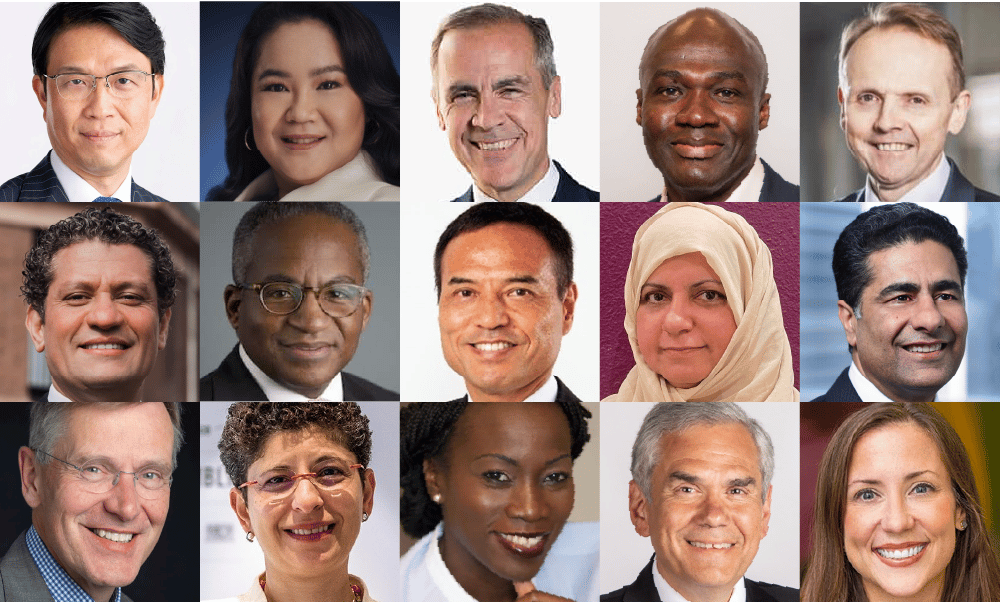Bayer is a Life Science company with a more than 150-year history and core competencies in the areas of healthcare and agriculture. With our innovative products, we are contributing to finding solutions to some of the major challenges of our time.
A growing and aging world population requires an adequate supply of food and improved medical care. With our innovative products, we are contributing to finding solutions to some of the major challenges of our time. With life expectancy continuing to rise, we improve quality of life for a growing population by focusing our research and development activities on preventing, alleviating and treating diseases. We are also making an important contribution to providing a reliable supply of high-quality food, feed and plant-based raw materials.
Our goal is to create value for our customers, stockholders and employees, while also strengthening the company’s earning power. We are committed to operating sustainably and addressing our social and ethical responsibilities.
Purpose
Guided by our purpose “Science for a better life,” we deliver breakthrough innovations in health care and agriculture. We contribute to a world in which diseases are not only treated but effectively prevented or cured, in which people can take better care of their own health needs, and in which enough agriculture products are produced while respecting our planet’s natural resources. That's because at Bayer, we believe that growth and sustainability should go hand in hand. In short, we are working to make our vision “Health for all, hunger for none” a reality.

